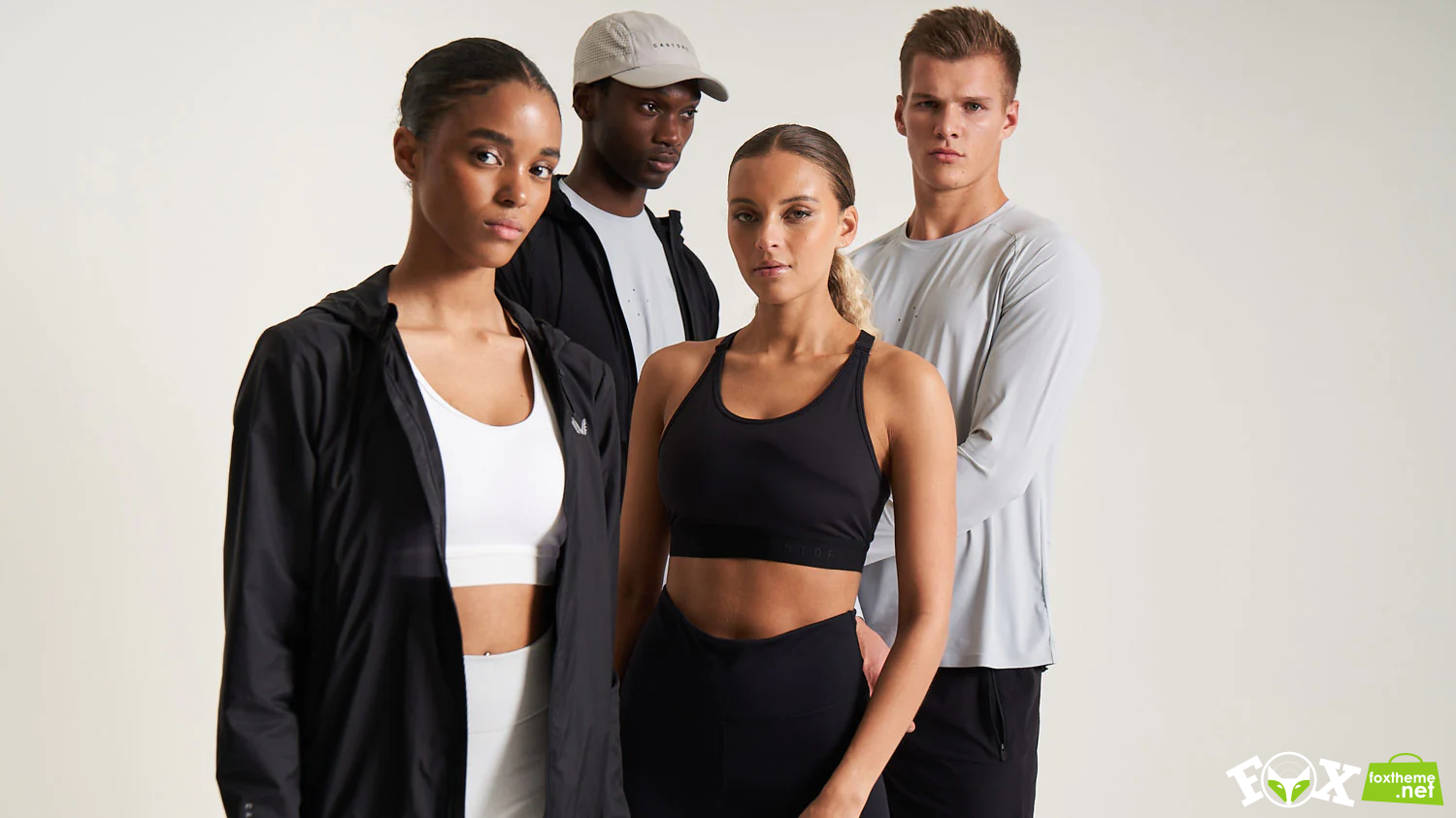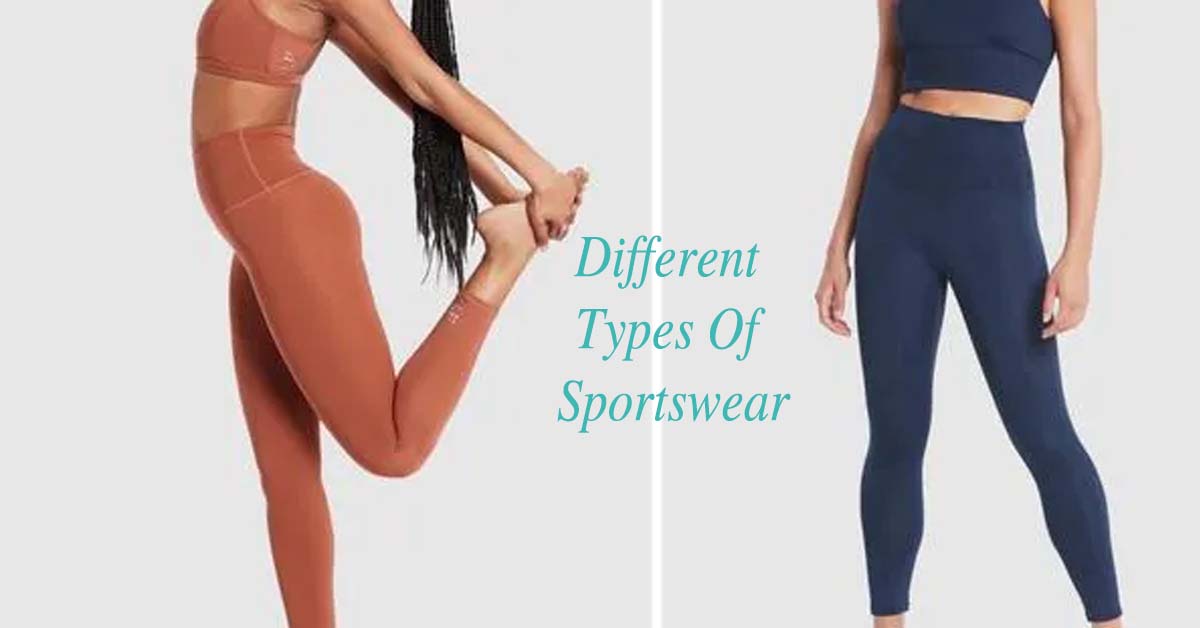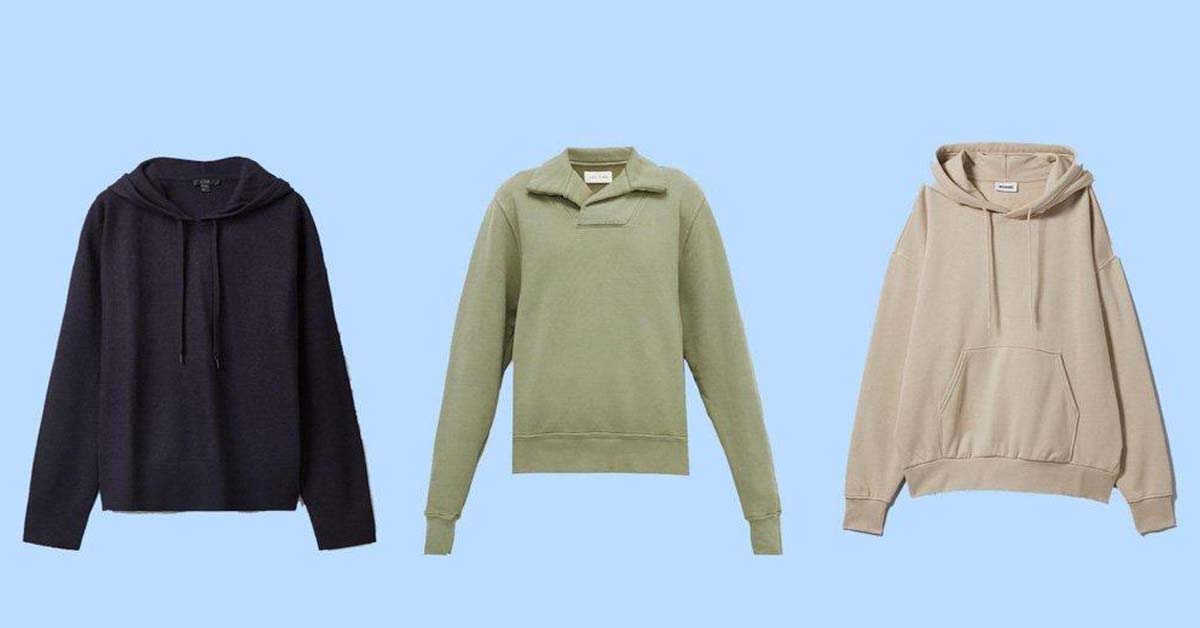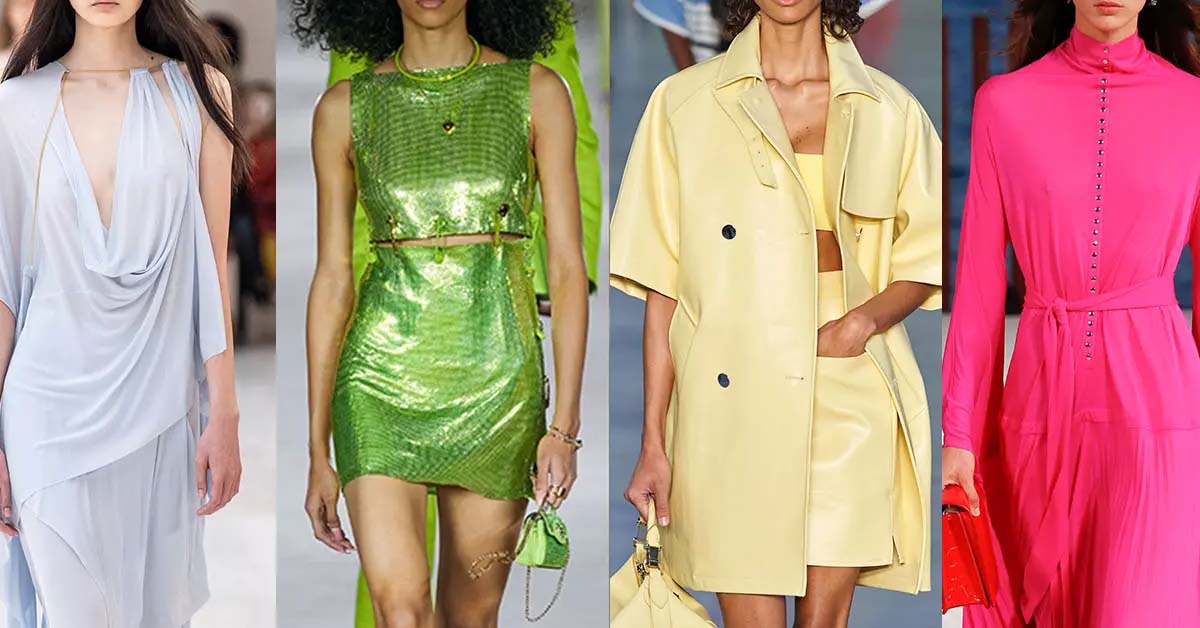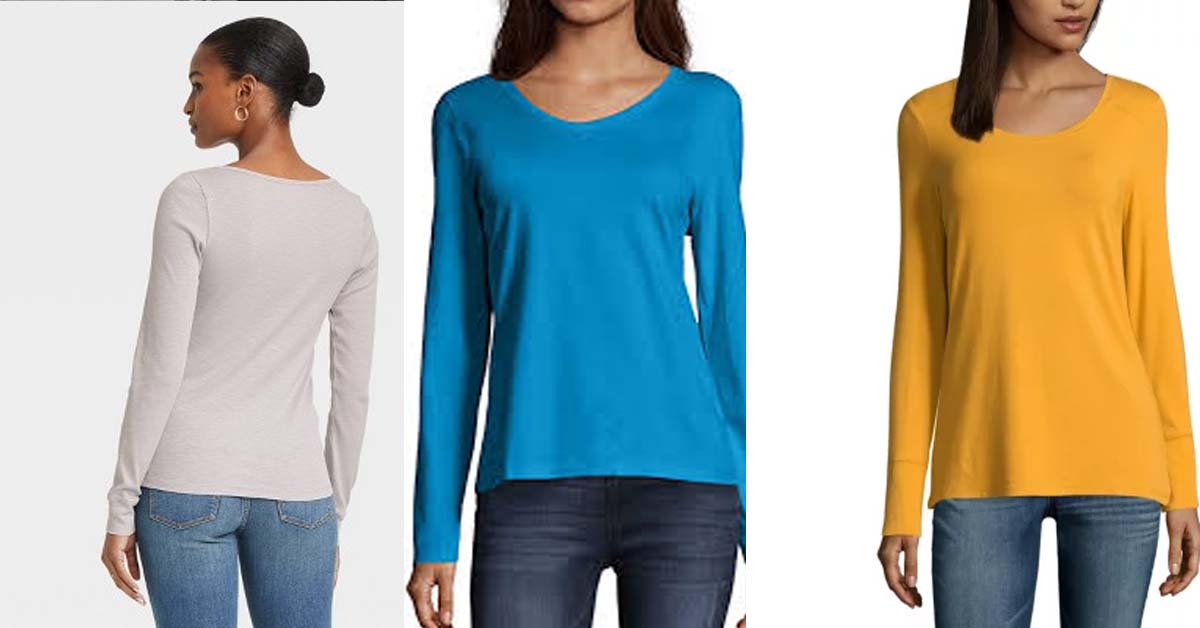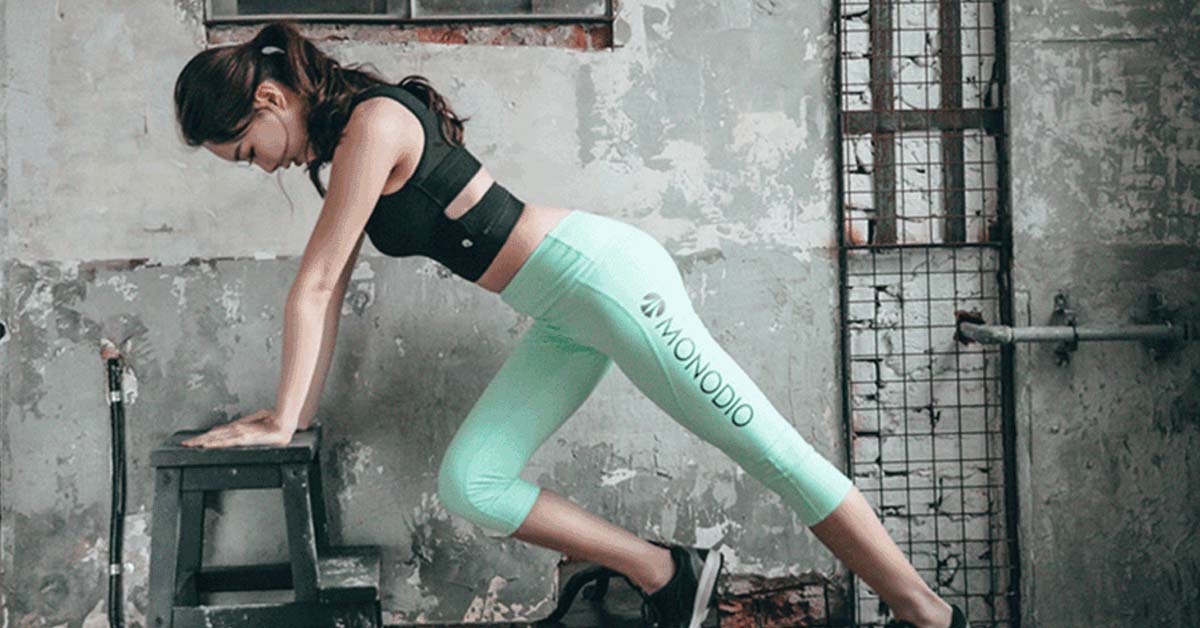
How clothes are made? Discovering the garments manufacturing process
Have you ever wondered how the clothes you are wearing right now are produced? Or how raw materials are converted into finished products? If you are an owner of a clothing brand, you should completely understand the clothing manufacturing process from the very first stage to ready garment. Discover how clothes are made!
That’s why in this article, we are going to take you to a standard garment factory and find out how a piece of clothing is produced. The garment production process can be divided into 2 main stages: pre-production and production.

[toc]
Pre-Production
1. Design garment
The first assignment is for the brand to come up with its own designs for the products. If you want to develop your own designs, it’s better to do some inspiration shopping or give a look through recent fashion collections to have some ideas about the latest trends and consumer favorites. Next, get some paper and a pen to start sketching out your ideas. You might also want to hire a professional graphic artist to help execute your vision better.
However, if you aren’t keen on thinking up designs yourself but do not want to draw out a big budget for some renowned designer, one of the easiest solutions is to contact an ODM clothing manufacturer with a pre-designed range of items for you to effortlessly choose from. Trusted ODM apparel manufacturers present their lines at top-notch quality and at the best price.
2. Source fabric and trims
When you are finished with your design, you can start choosing the fabric and trims needed to bring your garment to life. Based on the design and requirements of the product, you will move to the fabric and material sourcing stage.

Experts in the clothing manufacturing industry will have a list of textile suppliers that can provide a diverse range of materials ready. Once you are sure with your selection of fabrics, you may need to get an FDS. FDS stands for a Fabric Data Sheet, in which important details about your materials are specified so that the clothing producer can have a clear idea of your garment components. Some of the essential information includes fabric name, fiber content, fabric weave or knit type, or yarn size.
3. Make patterns
After that, it’s time to make a pattern, or garment forms, which will be necessary for fabric cutting. This is when the design is taken apart into 2D pieces. Small local brands might be accustomed to making the pattern by hand on paper; nonetheless, it can prove to be a completely tiring and time-consuming process. You can opt for a local sample maker – however, keep in mind that they are quite expensive.
A much cheaper alternative is to work with an experienced clothing manufacturer that can produce your patterns into a file on your laptop. Yes, patterns can now be digitized. The specialist takes the paper form and lays it on the digitizer where the paper pattern is transferred into their own software. This would lead to a quicker solution with high accuracy, high-quality pattern, and reasonable price.

4. Print out patterns
Next, the patterns are laid out in a specific order and printed out on the plotter using an automated cutting system. This step is quickly done by the software and the specialized cutting equipment. The patterns are ready for the sample development stage.
5. Develop sample
Cutting

Samples are essential because they are the prototype of your garment creation. After the patterns are laid out and fabrics are marked comes the cutting operation. This is one of the most pivotal steps since once the fabric has been cut, you cannot repair it when serious flaws pop up. Besides, the fabric is the most costly item in the clothing production process. That’s why clothing manufacturers are in charge of ensuring minimum material wastage without risking any defects.
In clothing manufacturing facilities, the same fabric articles are layered on top of each other and cut in bulk. There are several types of cutting equipment: manual cutting machines such as scissors, semi-auto cutting machines, fully automatic cutting machines such as laser cutting machines.
Screenprint and embroidery

If you want to add logos and other designs to clothes and other textiles, screen printing and embroidery are your two primary options. Embroidery is the process of transforming graphic arts into a needle and thread on the fabric. Screen printing is when the specialist presses the graphics on the textile using paint-based ink and then dries it out. Embroidery creates a 3D look that makes the emblem stand out. However, you will not see embroidery on complex designs as recreating intricate patterns on the surface is quite burdensome with needles and threads. Screen printing is the perfect selection to put art, logos, etc. on a range of products such as T-shirts, Hoodies, or uniforms by the latest printing technologies.
Read more: Embroidery versus Screen Printing
Assembling
After the sewing machine is adjusted and tested carefully, the fabric pieces are finally laid out and sewn together. At last, you start to see your design coming to life. Once the samples are completed, the specialist will make the final touches before sending them to grading and future bulk production.
6. Grade patterns
Pattern grading is the process of using grading increments or a size specification sheet to turn the sample size patterns into additional sizes. Remember that grading only makes a shape larger/smaller and is not for changing the shape.
Often the sample is made in small or medium size. Increase and decrease the sizes so that it can cover all your target customers. For example, it is vital that you take your size range into consideration if you are building a brand for plus-sized consumers or your audience varies in size a lot (such as for kids’ clothing).
Read more: How to Create Your First Apparel Sample
Production
Once you and your company are satisfied with the samples and the sizes, the pre-production stage is considered complete. It’s time to start the bulk production.
1. Manufacture and quality control
Your wholesale clothing manufacturer will replicate all the garment-making processes on the production line. Sewing machine operators will receive a pile of cut fabric and only sew one portion of the clothing item before passing it down to the next operator.
A specialist will perform quality control at the end of the sewing line to assure that the items are properly assembled, and defects are found in a timely manner. If necessary, the garment can be returned to the sewing stations to be taken apart for any fixing or mending. Your company also has some time to review the garments and do quality assurance to see if they are up to your requirements.
2. Spot cleaning and laundry
Besides identifying errors, workers doing quality control also need to look for any spot or stain on the garment that may have occurred during the cutting and sewing operations. They will then mark the spots with a sticker and send the flawed garments to a spot-cleaning station where the stains are treated using steam, hot water, or some type of stain remover that will not damage the intricate work.
Your company may also ask for all garments to be laundered after assembly. This can be done on-site if the factory is facilitated with at least 3 types of equipment: washers, spinners, and dryers. Sometimes, however, manufacturers may work with a third-party contractor to have them launder the finished garments.

3. Fusing and pressing
Fusing gives support and stabilizes areas of a panel ready to be attached to a garment. This is used for reinforcement and helps the fabric avoid stretching. Pressing means ironing the garment so as to put the final seal on your product. Typical machinery used in pressing and finishing is hand irons, scissors press, steam dolly, and carousel machines. First, the fabric is relaxed by the steam and heat coming from the irons. Next, the fibers are set into their positions by applying enough pressure. The garment is then dried and cooled for the fabric to return to its normal state. To do this, the employees will use a vacuum to suction out all the spare water in the cloth.
4. Packaging and shipping
In the final step of clothing manufacture, the garments are sized, folded, tagged, and packaged. You as a recipient can make requests on the type of bags, boxes, or hangers to use, and how many pieces to put in a box, etc. You need to pay extra attention to the packaging terms in your contracts because a specific type of clothing item requests particularities in the packing stage. For instance, hanging garments like dresses and skirts should be carefully packaged and bagged; otherwise, they would end up wrinkly.
Your required garments are often manually or automatically folded inside plastic bags to ensure that the material stays clean, pressed and away from wrinkles. After that, the garments are placed in cardboard boxes which are sealed with adhesive paper to be shipped to the client’s requested destination or to distribution centers. Now you can have your products hung in your personal store or in shopping malls, ready to be sold and worn by hundreds and thousands of shopaholics.
So that’s it everyone – the basics of the apparel manufacturing process. As a leading apparel manufacturer in Vietnam, Thygesen Textile Vietnam is able to produce and deliver batch orders to local to big garment businesses. Some of our grand clients include Calvin Klein, DKNY, Whiteware, Tommy Hilfiger, and more.
Besides, if you are an owner of a new local clothing brand and you are hesitant to allocate a big budget for some complicated pre-manufacture stages like coming up with the designs, an excellent choice is to select from our range of pre-designed and even pre-produced items with the provision of our ODM (Original Design Manufacturer) service. Our product lines are diverse: from kids’ clothing to adult wear, uniforms, facemasks, bags, and dozens more. Our SA8000, ISO9001:2015, BSCI, and Oekotex-100 certificates confirm our commitment to comply with both local and international labor laws. Our factory is facilitated with modern machinery and technologies in the LEAN system which is run by our team of well-trained workers.
Thygesen Textile Vietnam is proud to become your next trusted partner. If you’d like to have a tour around our facility and see the ins and outs of clothing manufacturing, don’t be afraid to contact us.
